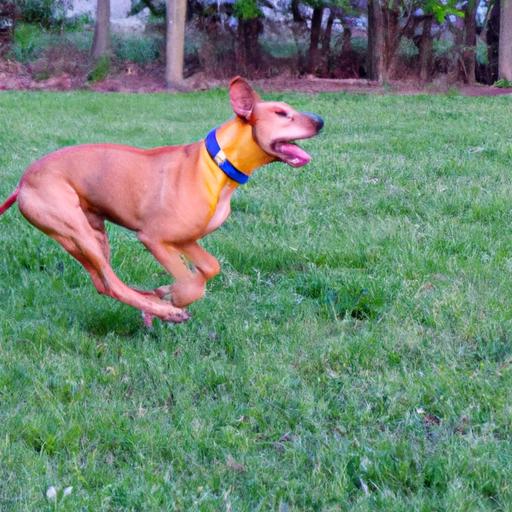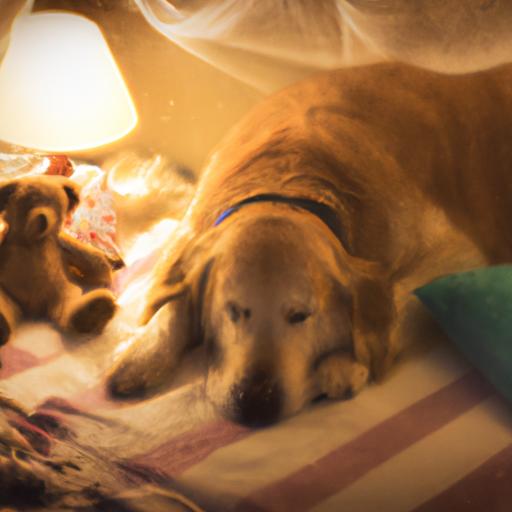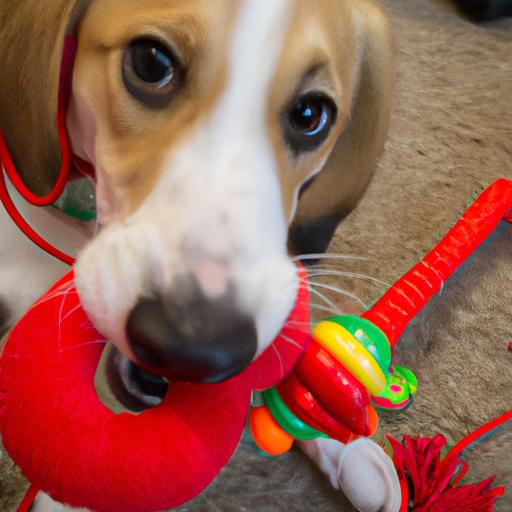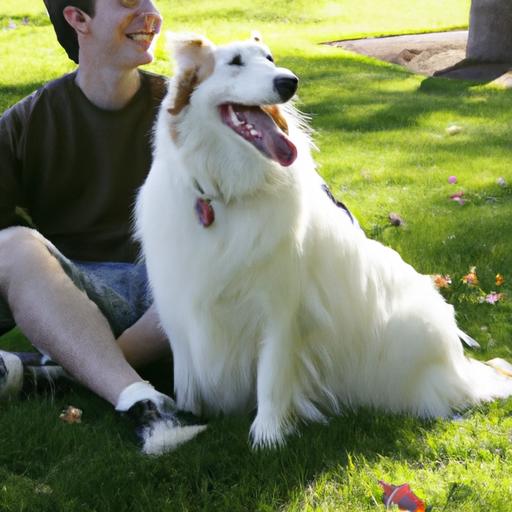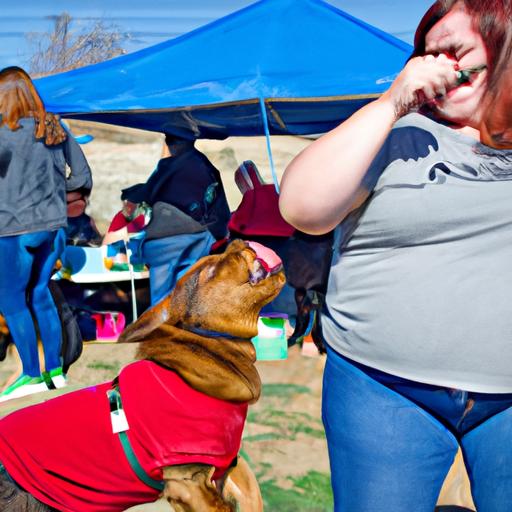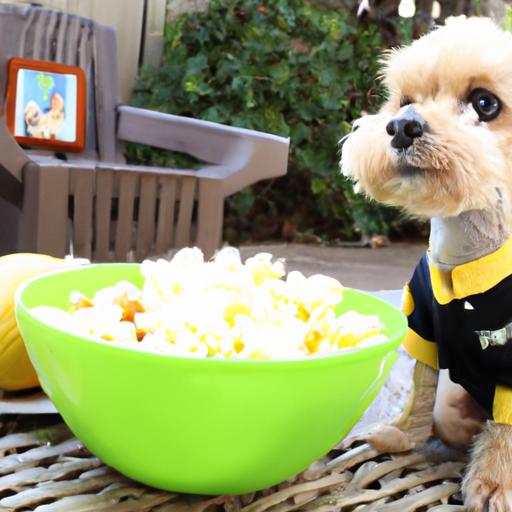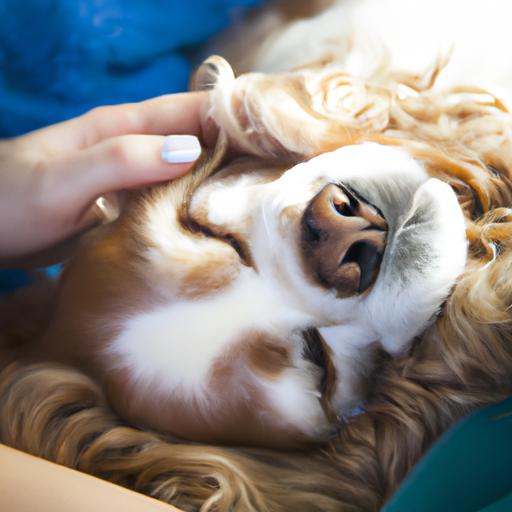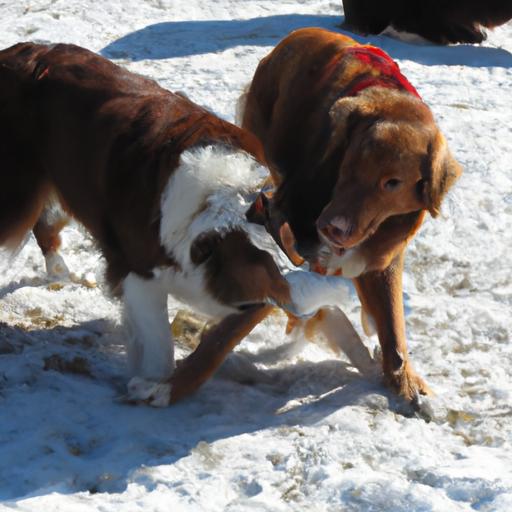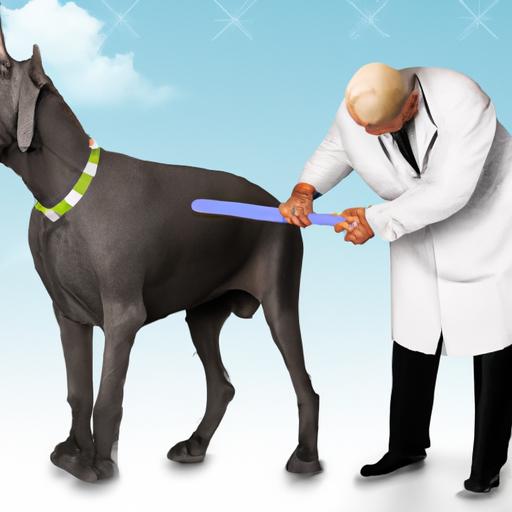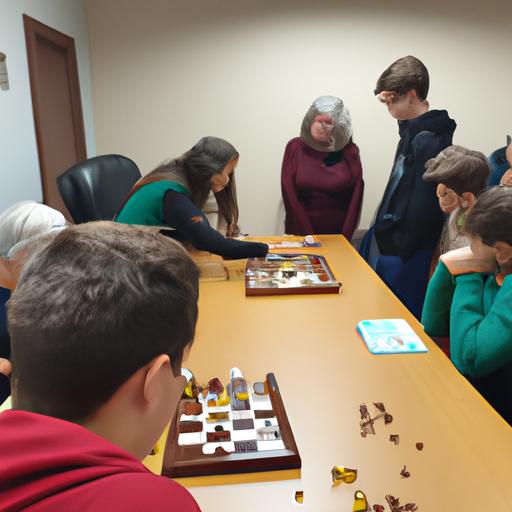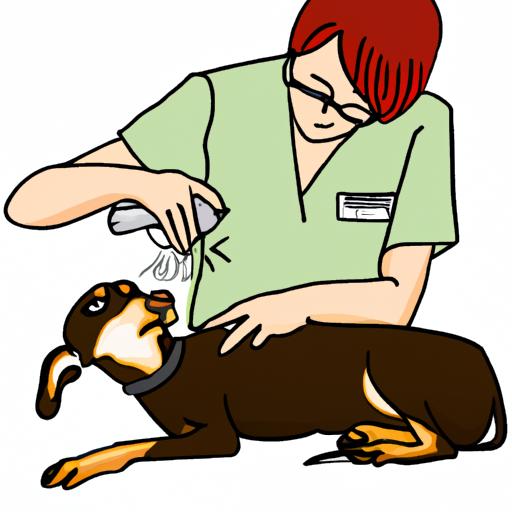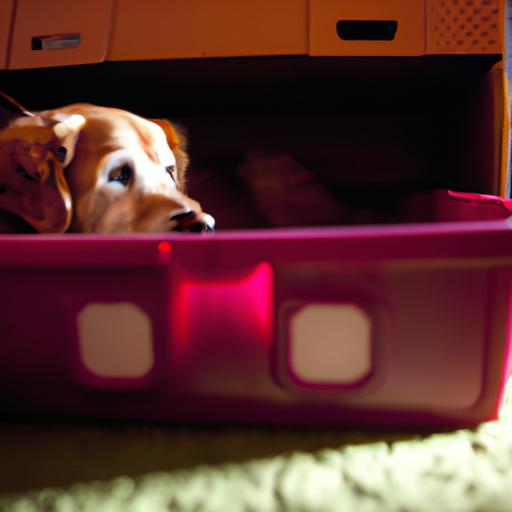
Tips for Successful Crate Training
Discover essential tips for successful crate training. Learn how to choose the right crate, create a positive association, and ensure a comfortable space for your dog.
Are you a dog owner looking to establish a strong bond with your furry friend? Crate training might just be the answer you’re looking for. Crate training is a highly effective method of teaching dogs good behavior and providing them with a safe space they can call their own. In this article, we will provide you with valuable tips to ensure successful crate training for your beloved canine companion.
Introduction
Crate training is an essential aspect of raising a well-behaved and happy dog. It not only helps in teaching them proper behavior but also provides them with a secure and comforting space. The benefits of crate training are numerous, such as aiding in house training, preventing destructive behavior, reducing separation anxiety, and facilitating travel. By following the right techniques and utilizing the tips we will discuss, you can ensure a positive crate training experience for both you and your four-legged friend.
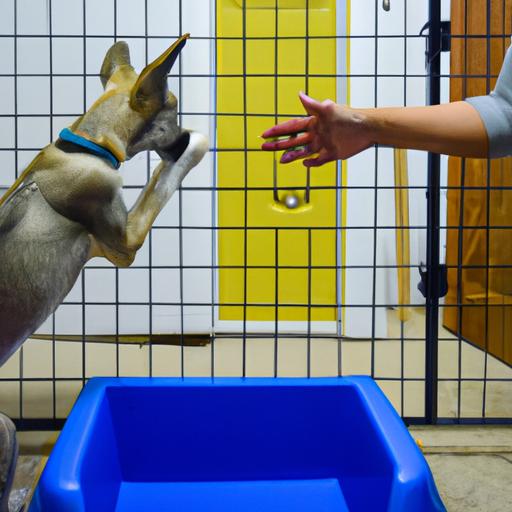
Tips for Successful Crate Training
1. Choosing the Right Crate
Selecting the appropriate crate is crucial for successful crate training. The crate should be spacious enough for your dog to stand, turn around, and lie down comfortably. Opt for a crate made of sturdy materials and ensure proper ventilation. Consider your dog’s size and breed when choosing between wire, plastic, or soft-sided crates. Remember, the crate should be seen as a safe and cozy den, not a punishment.
2. Gradual Introduction to the Crate
Introduce the crate to your dog gradually to avoid overwhelming them. Place the crate in a common area of your home and keep the door open. Allow your dog to explore the crate at their own pace, providing positive reinforcement with treats and praise. Start by feeding your dog near the crate and gradually move their food inside. This gradual introduction will help your dog associate the crate with positive experiences.
3. Making the Crate a Comfortable and Safe Space
To ensure your dog views the crate as a cozy retreat, make it comfortable and inviting. Line the crate with a soft blanket or bedding for added comfort. Add your dog’s favorite toys and a chew toy to keep them entertained. Ensure the crate is placed in a quiet area, away from excessive noise or foot traffic. By creating a soothing environment, your dog will feel secure and content in their crate.
4. Establishing a Positive Association with the Crate
To build a positive association with the crate, use treats and rewards effectively. Whenever your dog willingly enters the crate, praise them and offer a treat. Gradually increase the duration your dog spends in the crate, rewarding them for calm behavior. Avoid using the crate as a form of punishment, as this can lead to negative associations. Remember, crate training should be a positive and rewarding experience for your dog.
5. Consistency and Patience in the Training Process
Consistency is key when crate training your dog. Establish a routine for crate time, including regular meal times and potty breaks. Consistently use a command or cue when sending your dog into the crate, such as “crate” or “go to bed.” Be patient with your dog’s progress. Every dog learns at their own pace, so avoid rushing the training process. Celebrate small victories and remain consistent in your approach.
FAQ (Frequently Asked Questions)
What if my dog doesn’t want to enter the crate?
If your dog shows resistance to entering the crate, try using positive reinforcement techniques. Gradually introduce treats and rewards, placing them near and eventually inside the crate. Patience and consistency will help your dog overcome their hesitation.
How long should I leave my dog in the crate?
The length of time your dog can spend in the crate depends on their age and individual needs. Puppies have limited bladder control, so they should be let out frequently. As a general guideline, adult dogs can typically stay in the crate for 4-6 hours at a time. However, it’s important to provide regular exercise and mental stimulation outside the crate.
Can crate training be used for older dogs?
Absolutely! Crate training can be beneficial for dogs of all ages. Older dogs may take longer to adjust to the crate, but with patience and positive reinforcement, they can learn to view it as a safe haven.
Is crate training suitable for all dog breeds?
Yes, crate training can be effective for all dog breeds. However, it’s important to consider the size and temperament of your dog when selecting an appropriate crate. Some breeds may require larger or sturdier crates to accommodate their size and energy levels.
How do I prevent my dog from feeling anxious or stressed in the crate?
To prevent anxiety or stress, gradually accustom your dog to the crate. Ensure the crate is a positive and comfortable space, and never use it for punishment. Provide engaging toys and treats to keep your dog occupied while in the crate. If your dog continues to exhibit signs of distress, consult a professional dog trainer or veterinarian for guidance.
Can I use the crate for potty training as well?
Yes, crate training can be a valuable tool for potty training. Dogs naturally avoid soiling their living space, so utilizing the crate can help establish a regular bathroom routine. However, it’s important to provide frequent potty breaks outside the crate and avoid leaving your dog confined for extended periods.
Conclusion
Incorporating crate training into your dog’s routine can have a profound impact on their behavior and overall well-being. By following the tips provided in this article, you can ensure a successful crate training experience. Remember to choose the right crate, introduce it gradually, create a comfortable environment, establish positive associations, and maintain consistency and patience throughout the training process. With time and commitment, you and your furry friend will reap the benefits of crate training and enjoy a stronger bond together.

